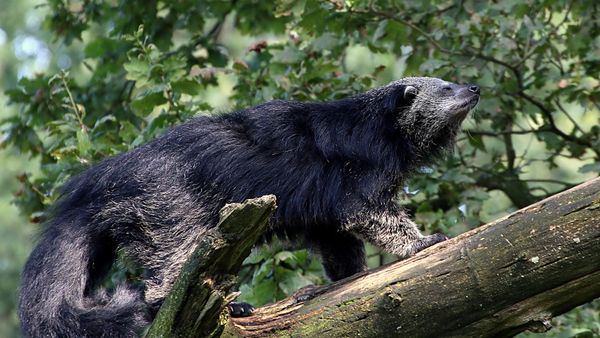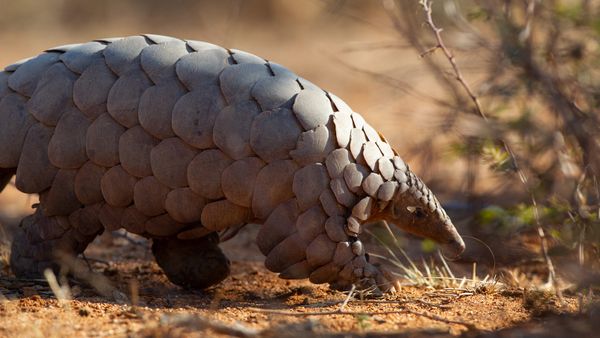The Ili pika isn't the only member of the Ochotona genus. There are more than 30 different types of pika species, found primarily in Asia, North America and Eastern Europe.
Pika Species in Asia
Asian pikas, such as the Moupin and Plateau pikas, inhabit diverse environments ranging from rocky areas in mountainous regions to grasslands and meadows.
Their diet primarily comprises grasses, herbs and other vegetation, which they gather and store in heaps to dry for winter consumption, a behavior known as haypiling.
Examples of Asian pikas include:
- Afghan pika (O. rufescens)
- Alpine pika (O. alpina)
- Chinese red pika (O. erythrotis)
- Daurian pika (O. dauurica)
- Forrest's pika (O. forresti)
- Gansu pika (O. cansus)
- Glover's pika (O. gloveri)
- Helan Shan pika (O. argentata)
- Hoffmann's pika (O. hoffmani)
- Ili pika (O. iliensis)
- Kazakh pika (O. opaca)
- Koslov's pika (O. koslowi)
- Ladak pika (O. ladacensis)
- Large-eared pika (O. macrotis)
- Moupin pika (O. thibetana)
- Northern pika (O. hyperborea)
- Nubra pika (O. nubrica)
- Pallas's pika (O. pallasi)
- Plateau pika (O. curzoniae)
- Royle's pika (O. roylei)
- Thomas's pika (O. thomasi)
- Tsing-ling pika (O. syrinx)
- Turkestan red pika (O. rutila)
Pika Species in North America
Pikas in North America, particularly the American Pika, typically inhabit rocky mountain slopes known as talus fields, where they find shelter among the boulders and crevices.
Their diet consists of a variety of grasses, mosses, lichens and other mountain vegetation. They exhibit similar food storage behaviors to their Asian counterparts, gathering and drying vegetation for winter sustenance.
Examples of North American pikas include:
- American pika (O. princeps)
- Collared pika (O. collaris)
Pika Species in Europe
Pikas found in Eastern Europe, such as the steppe pika, typically inhabit open steppe regions and rocky areas, including grasslands and semidesert environments. They mainly eat various grasses and herbs, adapting to the sparse vegetation available in their habitat.
Examples of European pikas include:
- Steppe pika (O. pusilla)
- Turuchan pika (O. turuchanensis)
We created this article in conjunction with AI technology, then made sure it was fact-checked and edited by a HowStuffWorks editor.



